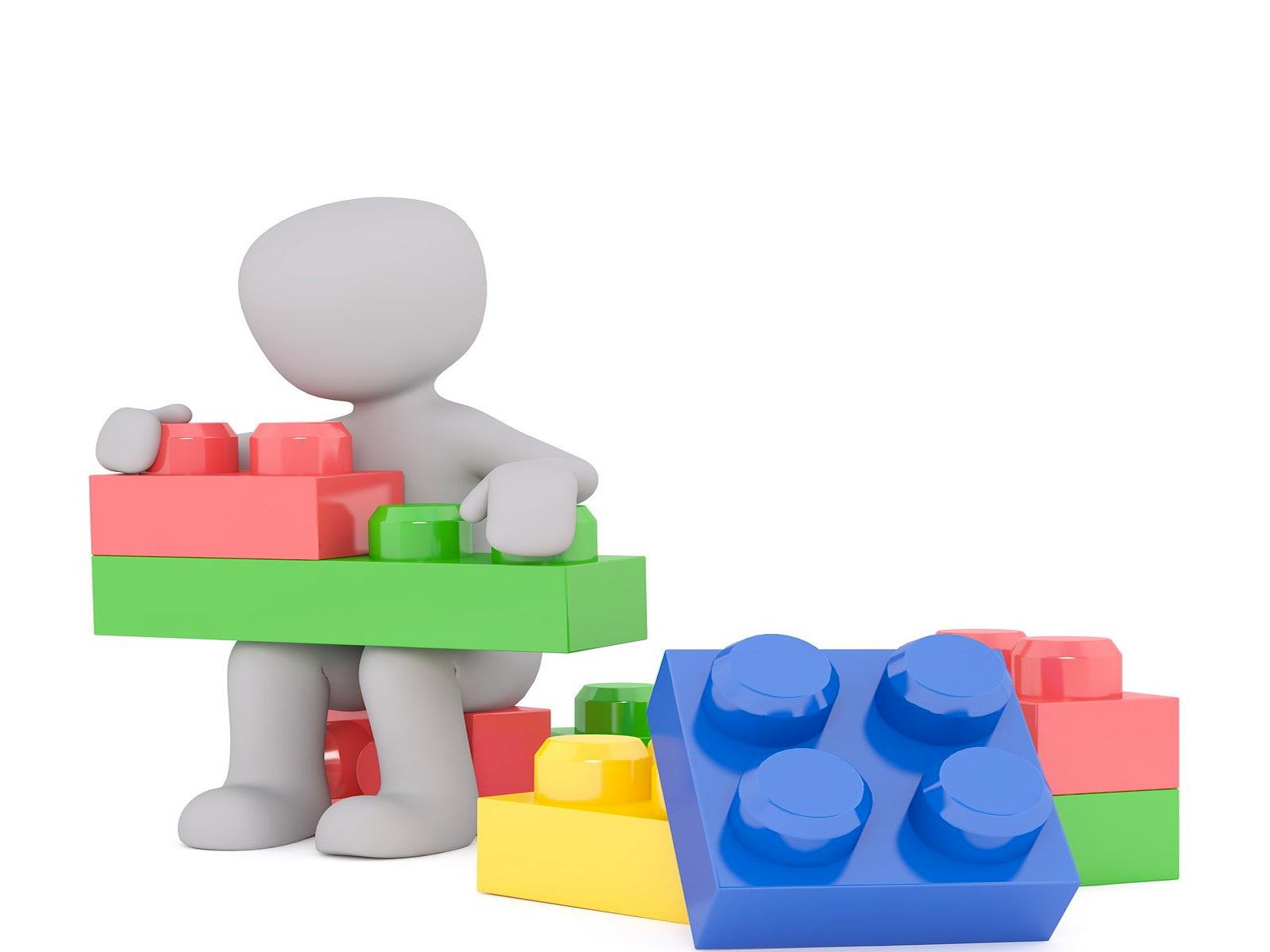How to Identify Good Coupling Methods With Error Analysis
An error analysis framework for evaluating and developing process coupling methods for complex computational models

Researchers introduced a framework that helps scientists evaluate methods for coupling different processes in complex computational models, combining mathematical analysis with an intuitive interpretation.
(Image by Peggy_Marco | Pixabay)
The Science
The simulation of complex systems like the global atmosphere requires coupling of many physics processes. These include, for example, atmospheric motions, cloud and rain formation processes, as well as pollutant transport and transformation. Atmospheric models typically couple these processes by adopting methods found in earlier models or textbooks, but the implications of the methods and their impacts on the simulation results are often unclear. This study introduces a mathematically rigorous analysis framework that provides insight into the features and implications of coupling method choices. As an example, the framework is applied to the Energy Exascale Earth System Model version 1 (E3SMv1) to evaluate two coupling methods used for aerosols.
The Impact
The framework enables scientists to evaluate impacts of coupling method choices without implementing all possible methods or deriving lengthy mathematical expressions tailored to each method’s details. Furthermore, the framework provides an accuracy assessment for each interacting process. This can help avoid incidental error cancelation and increase the confidence in estimating the overall accuracy of a numerical solution.
Summary
The need to choose, update, and evaluate coupling methods during the development of global atmospheric models for weather, climate, and Earth system prediction prompted researchers to launch this study. Many of the existing mathematical analyses focused on details of specific physics problems and numerical models; some analyses were more general but produced mathematical expressions that were hard to interpret by physical scientists. This study introduces an analysis framework that is general and intuitive to use. The framework ignores some details of the mathematical formulation and numerical algorithms used for each interacting process and focuses on coupling issues. The study starts by describing two fundamental sources of numerical error as two processes are coupled. It then demonstrates how these insights can be applied through simple arithmetic to derive numerical errors in multi-process problems. Two coupling methods used for the aerosol life cycles in E3SMv1 are analyzed as a concrete example of applying the tool.
PNNL Contact
Hui Wan, hui.wan@pnnl.gov, coauthor at Pacific Northwest National Laboratory and project principal investigator
Funding
The study was supported by the DOE Office of Science’s Advanced Scientific Computing Research program and Biological and Environmental Research program, under the Scientific Discovery through Advanced Computing (SciDAC) program, via a partnership in Earth system model development. The computational resources used in this study were provided by the National Energy Research Scientific Computing Center, a U.S. Department of Energy (DOE) Office of Science user facility located at Lawrence Berkeley National Laboratory, and by the Compy supercomputer operated for DOE by Pacific Northwest National Laboratory.
Published: April 9, 2024
C.J. Vogl, H. Wan, C.S. Woodward, Q.M. Bui, “Numerical coupling of aerosol emissions, dry removal, and turbulent mixing in the E3SM Atmosphere Model version 1 (EAMv1) – Part 2: A semi-discrete error analysis framework for assessing coupling schemes.” Geoscientific Model Development 17, 3, 1409-1428 (2024). [DOI: 10.5194/gmd-17-1409-2024]